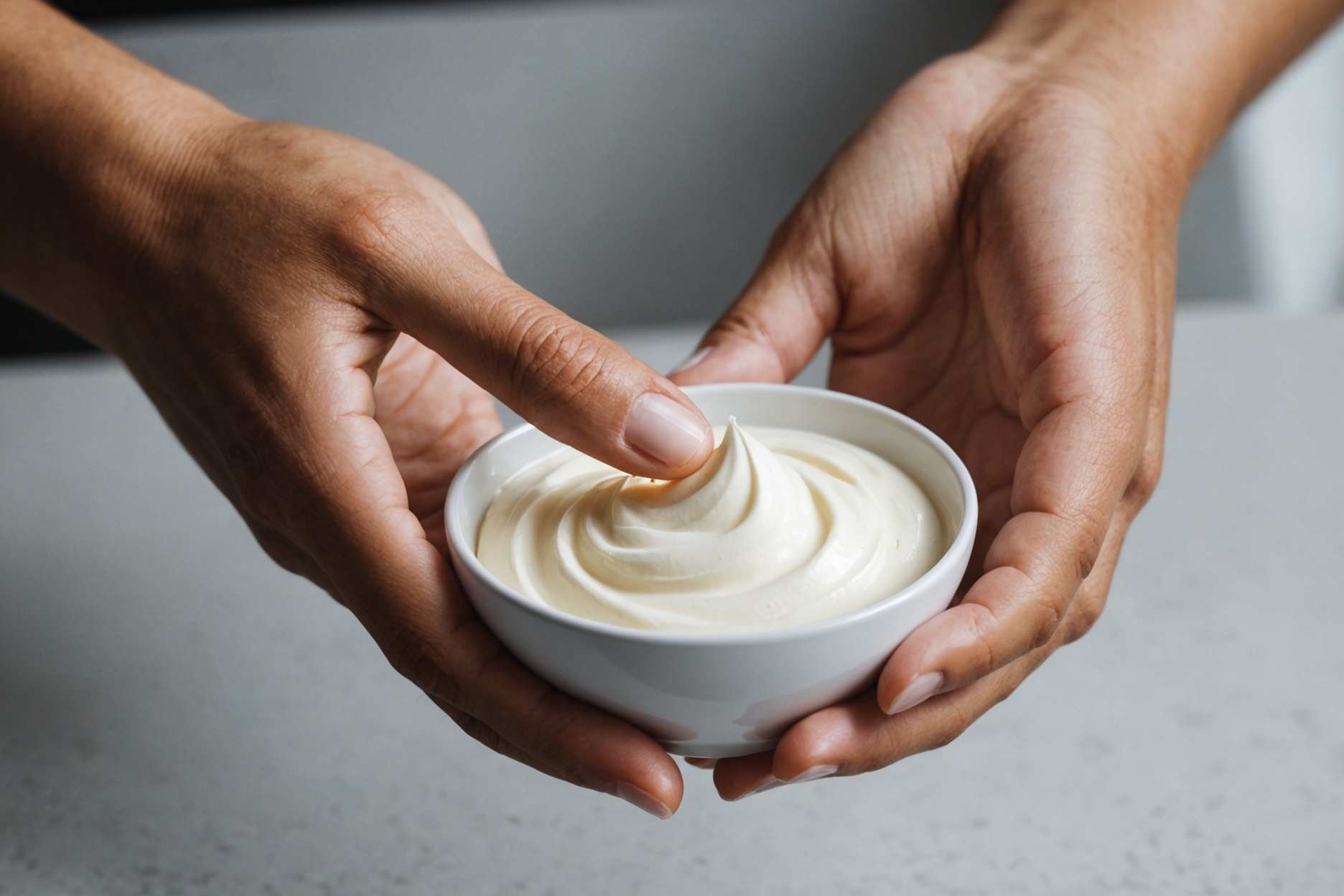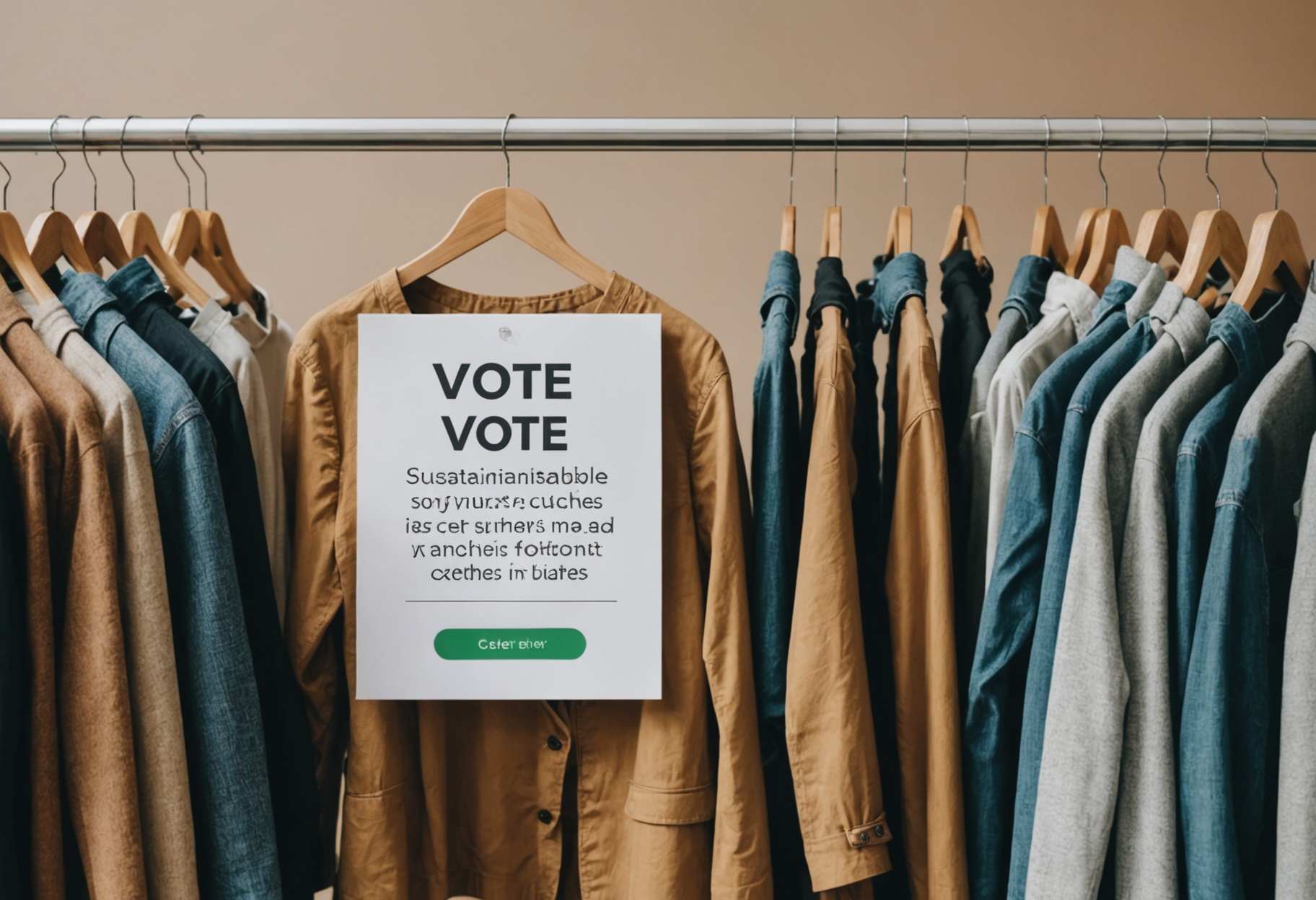
Sorry, penny pinchers. The United States ended production of the penny on Wednesday, more than two centuries since the one-cent coin first went into circulation.
The move is part of an effort to retire the country’s smallest denomination, which had cost nearly four times its value to produce.
The country’s final pennies were pressed at the U.S. Mint in Philadelphia, where they’ve been produced since 1793, a year after Congress authorized the Coinage Act.
The last two pennies were stamped with a special marking and will not go into circulation. According to the Associated Press, the government plans to auction them off in the future.
In a statement, the Treasury Department said that “ongoing increases in production costs and the evolution in consumer habits and technology have made its production financially untenable."
The last coin before the penny to be discontinued was the half-cent in 1857. And there could be more change to come.
What led to the penny’s death?
For years, retailers and lawmakers have been advocating for the U.S. to abolish the penny. In February, President Trump ordered Treasury Secretary Scott Bessent to halt penny production, saying it was “so wasteful.” A bill introduced in Congress earlier this year called the Common Cents Act would formalize Trump’s order. It has not yet been passed.
How much did each penny cost to produce?
According to the U.S. Mint, the cost of producing each penny is 3.69 cents per coin — more than triple its face value. By no longer producing pennies, the U.S. is expected to save an estimated $56 million annually.
How many pennies are in circulation?
There are currently an estimated 300 billion pennies in circulation, according to the Treasury Department.
Can you still use pennies?
Yes. The penny "remains legal tender and will retain its value indefinitely," the Treasury Department said.
Will banks stop accepting pennies?
No. You can still deposit pennies at the bank. In fact, the American Banking Association is encouraging people to bring them to the bank to help ease any shortages.
What happens if a store runs out of pennies?
In recent weeks retailers have expressed concerns that their supplies of pennies are running low. To cope, some have rounded prices down to the nearest nickel.
Are nickels and dimes next?
Nickels? Maybe. Dimes, maybe not.
According to the U.S. Mint, the nickel costs nearly 14 cents to make, nearly triple its market value. For nearly two decades, both the penny and nickel have cost more to produce than they are worth, per U.S. Mint figures.
Dimes, though, cost roughly 6 cents to produce. Quarters cost about 15 cents to make. So they’re probably safe for now.
 NYダウ終値559ドル高、2週間ぶりに最高値更新…米政府閉鎖解除への期待感高まる(読売新聞オンライン)
NYダウ終値559ドル高、2週間ぶりに最高値更新…米政府閉鎖解除への期待感高まる(読売新聞オンライン) Vote In favor of Economical Way You Prescribe to Shop for Garments
Vote In favor of Economical Way You Prescribe to Shop for Garments Which Aircraft Do You Suggest? Vote
Which Aircraft Do You Suggest? Vote 【阪神】近本光司が10時間交渉の末に5年総額25億円で残留「自分の決断、思いを本当に悩んだ」FA行使せず(スポーツ報知)
【阪神】近本光司が10時間交渉の末に5年総額25億円で残留「自分の決断、思いを本当に悩んだ」FA行使せず(スポーツ報知) イグ・ノーベル受賞「ドッキリかと…」◆牛を虫から守る「しま模様」、人間にも効果あり?【受賞者インタビュー】(時事通信)
イグ・ノーベル受賞「ドッキリかと…」◆牛を虫から守る「しま模様」、人間にも効果あり?【受賞者インタビュー】(時事通信) 5 Wellbeing Applications Assist You With remaining Fit
5 Wellbeing Applications Assist You With remaining Fit The Best Web-based Courses for Expertise Improvement
The Best Web-based Courses for Expertise Improvement Watch SpaceX launch powerful ocean-mapping satellite for Europe and NASA early Nov. 17
Watch SpaceX launch powerful ocean-mapping satellite for Europe and NASA early Nov. 17 日本男子初3連覇へ 鍵山優真が首位発進 スピン痛恨ミスでまさかの0点に「試合で初めて。やってしまったなと」苦笑いも 佐藤駿が1・91点差で2位(デイリースポーツ)
日本男子初3連覇へ 鍵山優真が首位発進 スピン痛恨ミスでまさかの0点に「試合で初めて。やってしまったなと」苦笑いも 佐藤駿が1・91点差で2位(デイリースポーツ)













